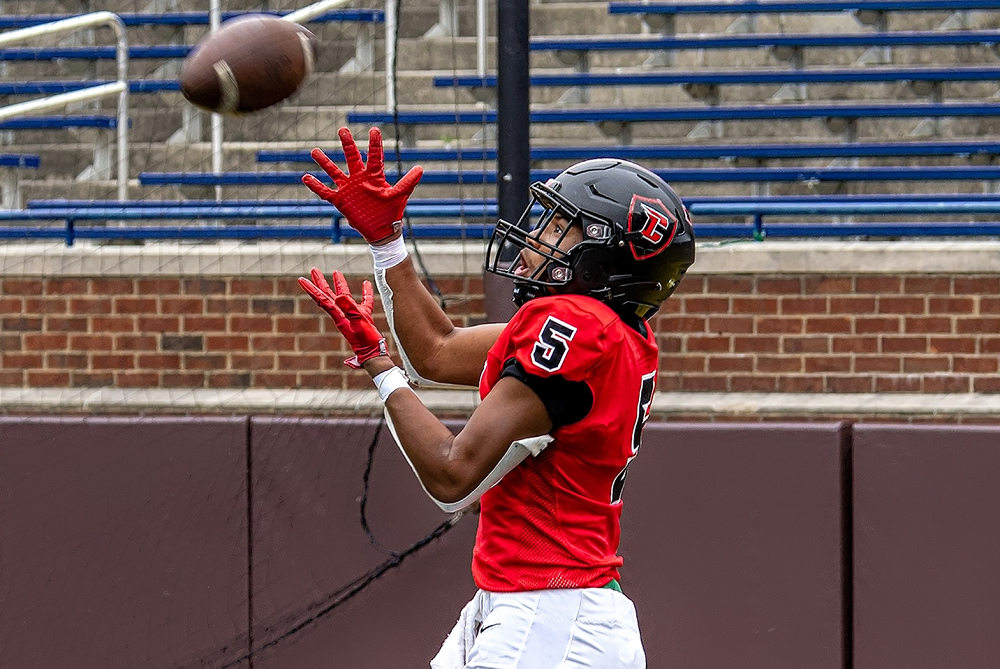
Be the Referee: Pop-Up Onside Kicks
August 31, 2017
This week, "Be the Referee" with MHSAA assistant director Mark Uyl explains an onside kicking technique no longer allowed as the second of a three-part series on football rules changes for 2017.
Be The Referee is a series of short messages designed to help educate people on the rules of different sports, to help them better understand the art of officiating, and to recruit officials.
Below is this week's segment – Pop-Up Onside Kicks - Listen
One of the most exciting plays is the onside kick, which has turned the tide around in many games.
In the interest of safety, national high school rules this year have eliminated the onside kick where the ball is kicked with great force off the tee into the ground, generating a pop-up ball, which creates a dangerous recovery situation.
This kind of pop-up kick will immediately be blown dead by the officials, and a five-yard penalty will be assessed to the kicking team.
Onside kicks which are dribbled along the ground, hitting at least twice, are still legal by rule; and the kicker can still pooch kick the ball straight up into the air off the tee.
But the pop-up kick which hits the ground first, and bounces only once is no longer a playable ball.
Past editions
August 24: Blindside Blocks - Listen

Be the Referee: Football Rules Differences
By
Sam Davis
MHSAA Director of Officials
August 23, 2023
Be The Referee is a series of short messages designed to help educate people on the rules of different sports, to help them better understand the art of officiating, and to recruit officials.
Below is this week's segment – Football Rules Differences - Listen
The first week of the high school football season is always exciting … and sometimes confusing. Here are some – not all – differences between the high school game and what you see on Saturdays and Sundays.
In high school, there is no such thing as an uncatchable ball when judging pass interference. It is a penalty if there is illegal contact, whether the ball is catchable or not.
In overtime, high school teams start with the ball at the 10-year line – not the 25 like in college. And in high school overtime, you are only able to get a first down via penalty. And, at no time is a high school team required to go for two points.
And on extra point plays, if the defense gains possession, the try is over. The defense cannot return the ball for two points.

